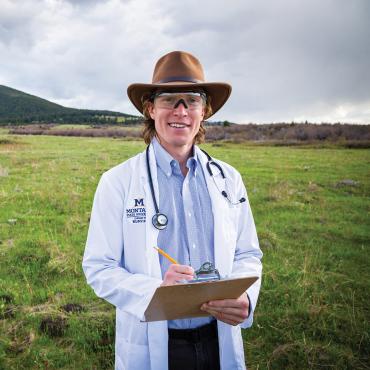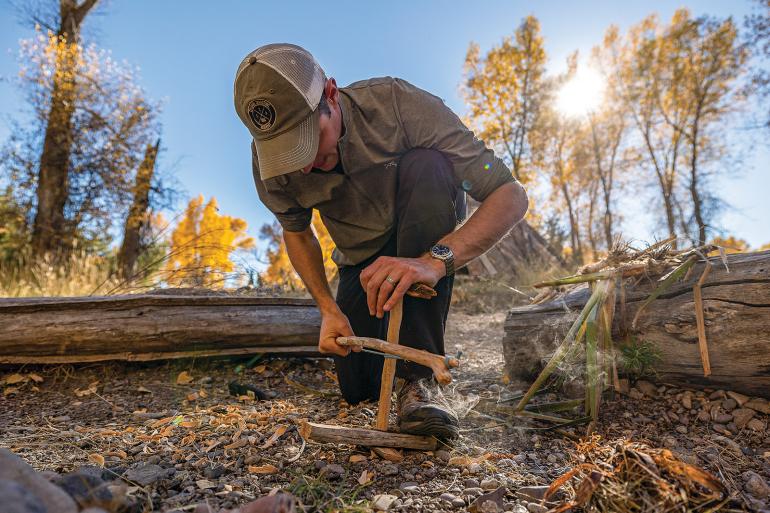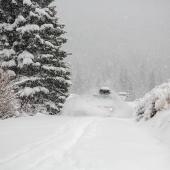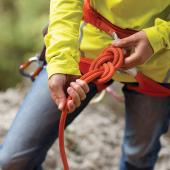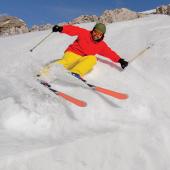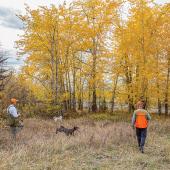Smoke on the Water
Primitive fire-building with Thomas Elpel.
What do you need to build a fire? Turns out, a knife will cut it.
The O/B crew took a field trip to the banks of the Jefferson River with none other than Thomas Elpel, director of the Outdoor Wilderness Living School (OWLS) and author of several books on primitive skills. Tom took us under his wing to teach us one of the most crucial survival skills: building a fire. No matches or lighters allowed.
We began by plodding knee-deep through a cattail swamp to harvest some fuel—not for the fire, but for ourselves. None of us had eaten cattail before, but we trusted Tom and plunged our hands into the muck to pull the reeds out at the root. With bushels in arm, we headed to the cobbled riverbank to gather our tools.
One by one, our bundles of kindling came alight.
Bow drills have been used to make fire for at least 6,000 years—perhaps longer, but archeological evidence is poor due to the decaying properties of wood. We found bowed pieces of driftwood on the riverbank and peeled strands of cambium from cottonwood deadfall to use as kindling. Meanwhile, we washed the cattail roots in the river.
Using fixed-blade knives, we carved notches in each end of the bow and whittled sticks to blunted points for drill bits. We tightly slung old pieces of shoelace between the notches at each end of the bows. Thicker pieces of cottonwood bark provided a base to bore into and, hopefully, to create enough friction to produce embers.
We set up around the firepit with our drills and carefully crafted bundles of kindling to catch the embers. Then we got to work, pumping the bow back and forth. Tom offered some guidance: “Keep it smooth, and use the whole length of the bow. Constant friction is more important than high friction.”
One by one, our bundles of kindling came alight. Once we’d created flames, we stacked progressively larger pieces of deadfall in the firepit and roasted our cattails. The visible charring on the outside of the stalks engendered an aroma of roasted vegetables. We peeled back the skin and used our front teeth to scrape out the soft, cooked, starchy substrate from the cattails’ fibrous core. The starch left a chalky residue in our mouths, which we doused with plenty of water before dousing the fire.
We went for burgers in Three Forks as a more edifying meal. But the real edification came from learning a palpable new skill that could full-well save us some hardship—or even save our lives—in the outdoors. Fire-roasted cattails didn’t earn any rave reviews, but the experience of developing our bushcraft proficiency certainly did.

